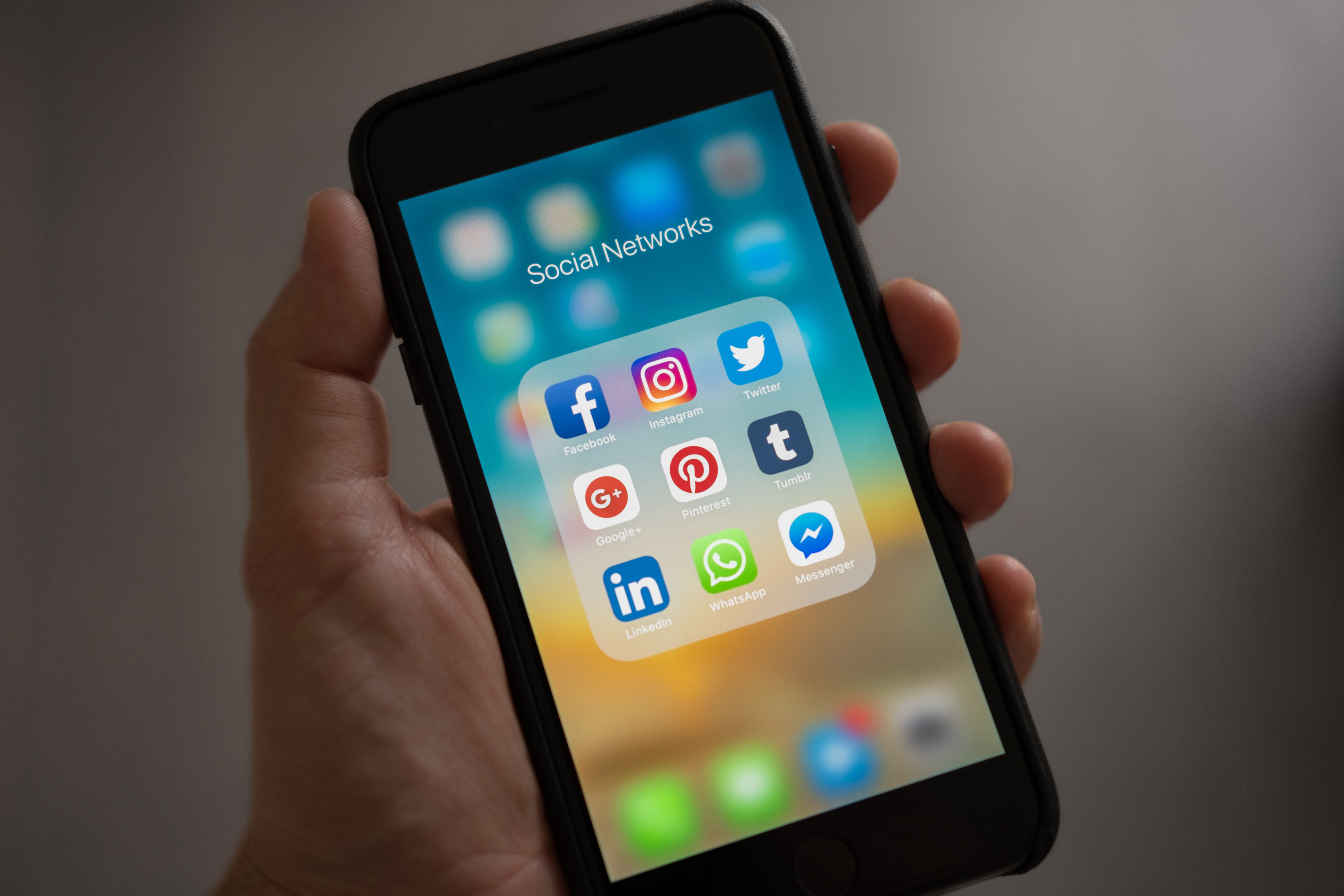
This is Part 2 of this post.
In the previous post, we started discussing sales cadence: the timeline or sequence of sales activities, involving different touchpoints, that sales professionals follow to engage and, hopefully, convert a lead.
In Part 1, we talked about:
- What is Sales Cadence?
- Why do You Need Sales Cadence?
- What are the Elements of Sales Cadence?
In this post, we put all these elements together to answer the question: How do you build your sales cadence?
How do You Build Your Sales Cadence?
In a sales cadence, the sequence of touchpoints (email, phone/voicemail, and social media) aims to
1) establish a connection,
2) build a relationship, and
3) influence a purchasing decision
These touchpoints are vital and so strategies should be in place.
Here are some statistics to help inform/guide these strategies in building or developing your sales cadence.

Photo by rawpixel.com from Pexels
- In 2017, global email users amounted to 7 billion. (Statista, source)
- For every $1 you spend on email marketing, you can expect an average return of $32. (DMA, source)
- Emails with personalized subject lines generate 50% higher open rates. (Yes Lifecycle Marketing, source)
- Interactivity is the name of the game. Adding videos to your email can increase click rates by 300%. (Martech Advisor’s 2017, source)
- 49% of consumers said that they would like to receive promotional emails from their favorite brands on a weekly basis. (Statista, source)
- When it comes to email marketing, 49% of all emails are opened on mobile devices. (IBM, source)
- 91% of cold emails are opened the day after they’re sent. (YesWare, source)
- 70% of salespeople stop at one email. Yet if you send more emails, you’ve got a 25% chance to hear back. (YesWare, source)

Photo by Adrianna Calvo from Pexels
Phone Call / Voicemail
- After examining three years of data, InsideSales.com determined that Wednesdays and Thursdays are the best days to call your leads. In fact, the response rate during Thursdays increased by 49% from Tuesday calls. This is the best time to nurture possible leads who are willing to engage in the sales process. (source)
- The best time to contact and engage your lead is between 4 PM and 5 PM. There’s a stark 164% difference between a call made in the early afternoon and the late afternoon. (source)
- Reps may also try calling their leads at 8 AM for more positive responses. This is the second best time to call for more engaging time with your leads. (source)
- Reps who called within five minutes of initial engagement yielded 900% more interest than those who contacted potential customers in 10 minutes. (source)
- Reps drop 30% of potential leads after just a few calls. On the other hand, making contact a few more times may increase lead generation by 70%. (source)
- You can build a better relationship with your lead if you make contact at least six times. The chance of making contact increases to 90% on the sixth call! (source)
- It takes 8 cold calls to reach a prospect. 72% of all sales calls aren’t answered. (Baylor University, source)
- 92% of sales pros give up after the 4th call, but 80% of prospects say no four times before they say yes. (MarketingDonut, source)

Photo by Tracy Le Blanc from Pexels
Social Media
- Get active on LinkedIn. More than half of all B2B buyers use LinkedIn to support purchase decisions. (Social Buying Meets Social Selling, source)
- Almost 80% of time spent on social media platforms happens on mobile. (Marketing Land, source)
- There are more than 560 million LinkedIn user accounts (and growing) in over 200 countries. (LinkedIn, source)
- Facebook continues to be the most widely used social media platform, with 79% of American internet users. (PEW Research, source)
- Half of revenue is influenced by social selling in 14 common industries, including computer software, healthcare, and marketing and advertising. (LinkedIn, source)
- 90% of decision-makers never answer a cold call, but 75% of B2B buyers use social media to make purchasing decisions. (LinkedIn, source)
- 77% of B2B buyers said they did not talk with a salesperson until after they had performed independent research. (CEB Global, source)
- Studies show that sales reps with high social network activity achieve 45% more sales opportunities, and are 51% more likely to hit their sales quotas. (LinkedIn, source)
- Content shared by employees receives 8x more engagement than content shared by brand channels. (Social Media Today, source)
- On average, decision-makers consume 5 pieces of content before being ready to speak to a sales rep. (CMO Council, source)
- Brand messages reached 561% further when shared by employees vs the same messages shared via official brand social channels. (MSLGroup, source)
How do these statistics influence your sales cadence? These figures can help inform your sales cadence moving forward.
For example: Knowing that “more than half of all B2B buyers use LinkedIn” should give you the impetus to really get active on LinkedIn. You should also encourage your employees to share your content knowing that it “receives 8x more engagement than content shared by brand channels.” And you’ll know better than to stop calling after the third call because prospects apparently respond to the sixth or eighth call.
Of course, experience is better than any statistic.
These statistics are useful but one thing you must remember about building sales cadence is that there’s no one-size-fits-all solution for all organizations, or even for all prospects. There is no template until you’ve actually tried a few sequences on your own prospects. That’s because a sales cadence can vary depending on your business, product/service, company size, team size, etc.
Studies have shown that there is a foundational structure for a cadence and that’s: placing 3 phone calls, leaving 3 voicemails, sending 3 emails, and performing 3 social interactions. The said research noted that this cadence can produce optimal results. It wouldn’t hurt building your initial sales cadence following this formula. But, again, there is no ONE formula. You have to test several sequences to see what works for you.
Here’s a quick example of what your sales cadence could look like. This sequence spans a period of two weeks:
Business Day 1: Send an introductory email with an invitation to connect on LinkedIn.
Business Day 3: Call prospect in the afternoon. Leave voicemail if unavailable or unresponsive.
Business Day 5: Send a more targeted email. Call prospect in the afternoon; leave a voicemail if unavailable or unresponsive.
Business Day 8: Send a follow-up email. Share content from your brand’s social media (e.g. a LinkedIn article) relevant to prospect’s business.
Business Day 10: Call prospect in the morning; leave a voicemail if no response. Send an email sharing content from your brand’s social media (e.g. a Facebook post) relevant to prospect’s business.
Business Day 12: Engage prospect on LinkedIn. Send an email with social proof.
Business Day 14: Call prospect in the morning; leave voicemail if no response. Call again in the afternoon.
You can extend the sales cadence to another week or two and adjust touchpoints and timing based on results of the first two weeks. Maybe by then you see that prospect is never available for calls in the mornings of Mondays and Fridays, or that he is more responsive when contacted via social media. So you structure your sales cadence for the next week(s) based on these.
If after four weeks nothing happens, you can stop. Wait a few months and revisit this lead.
A sales cadence can be very helpful if done correctly and thoughtfully. Personalization is key, and so is a whole lot of persistence. Good luck!
Main photo by Kaleidico on Unsplash





